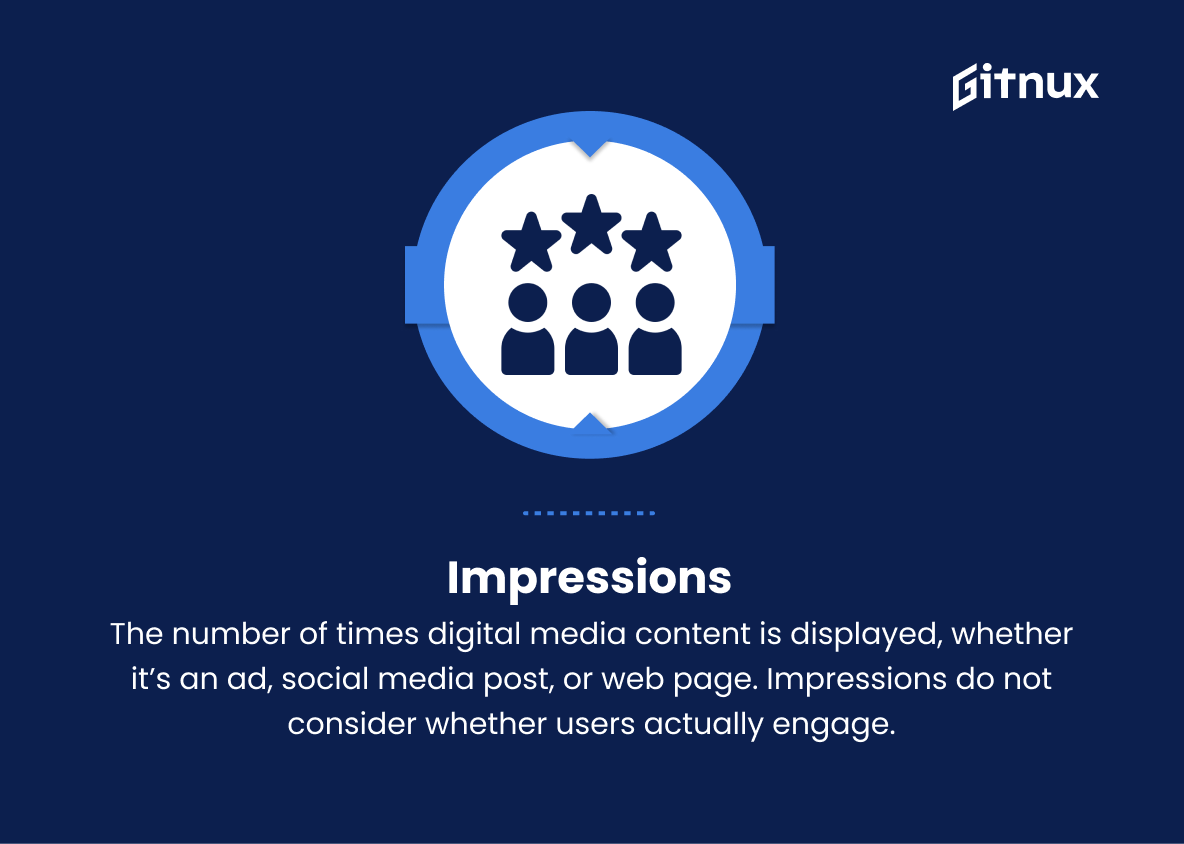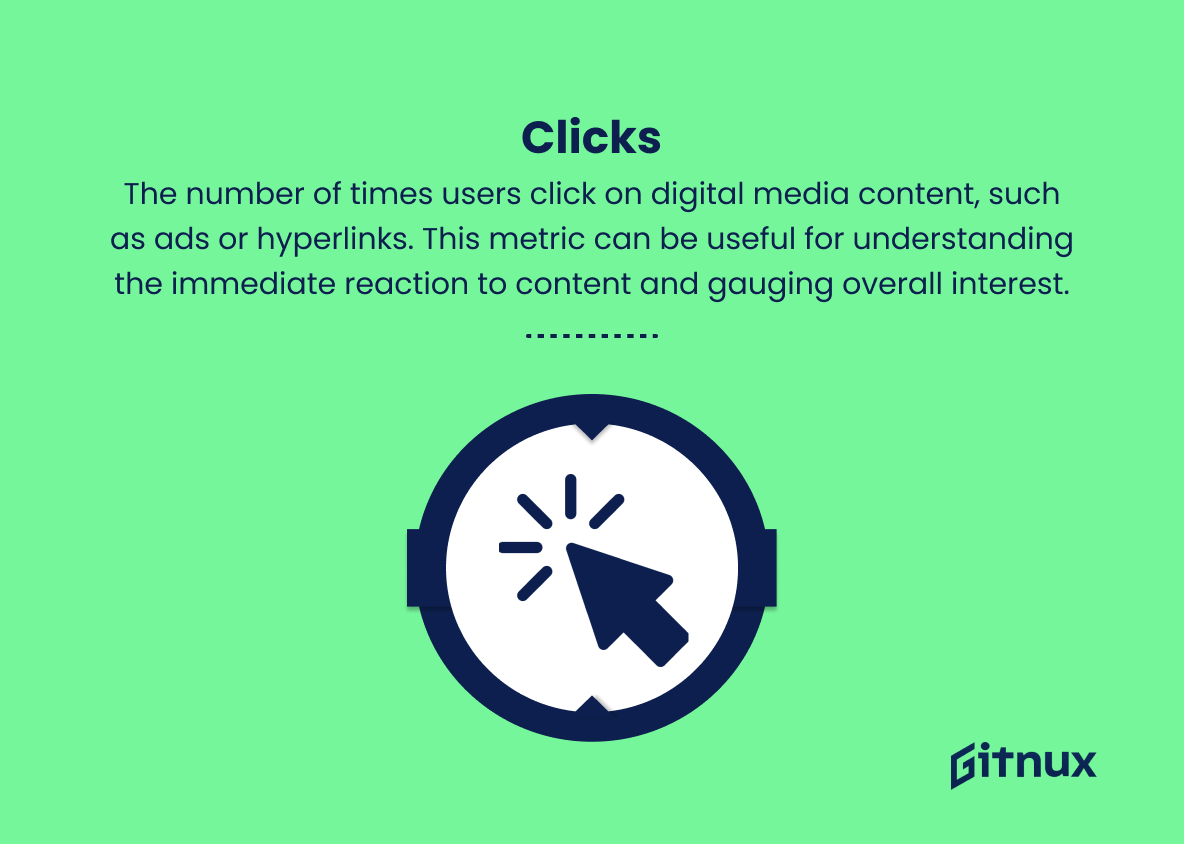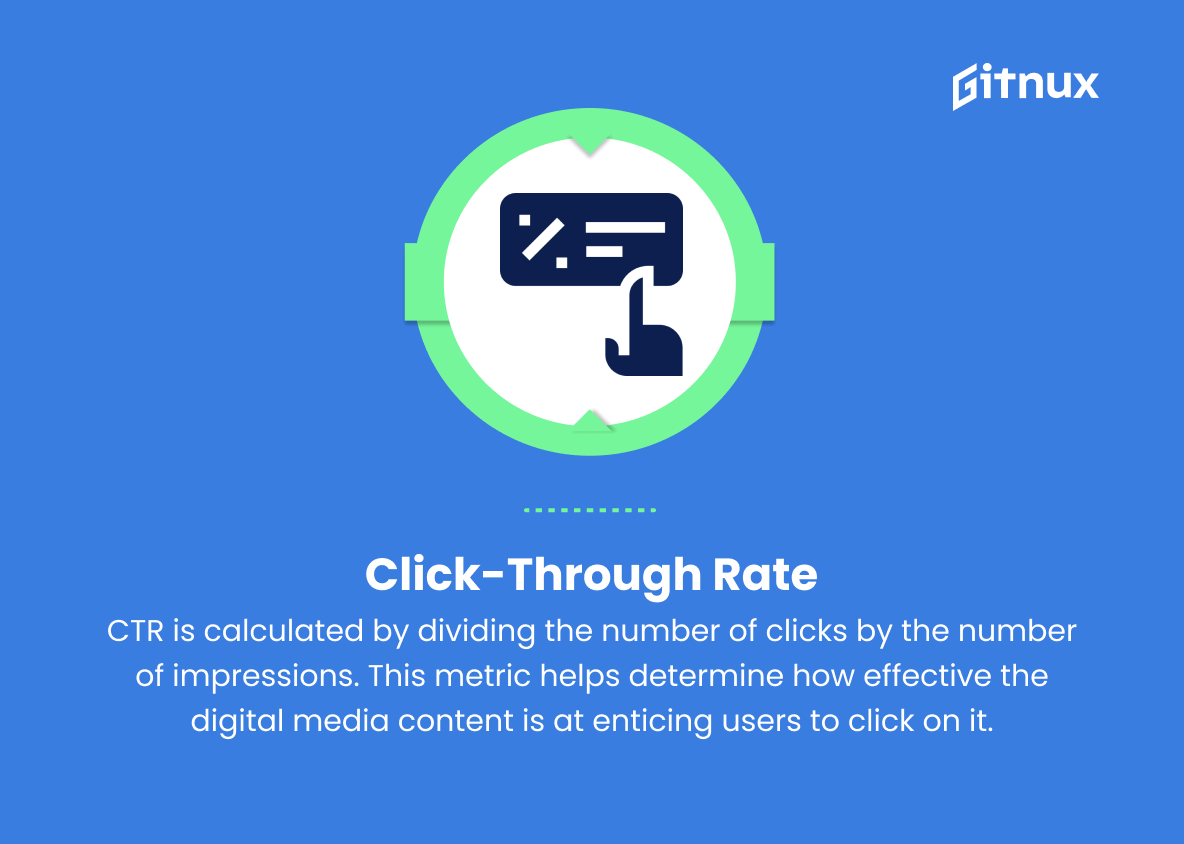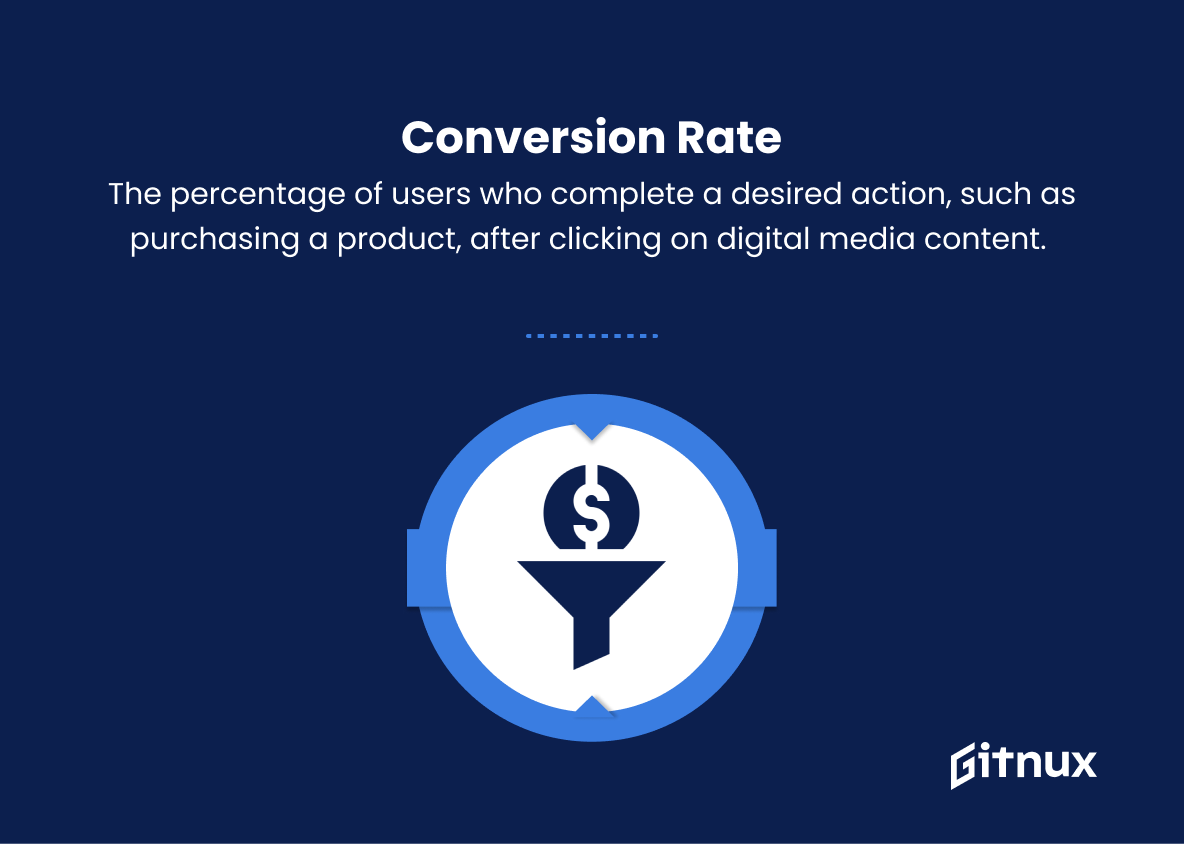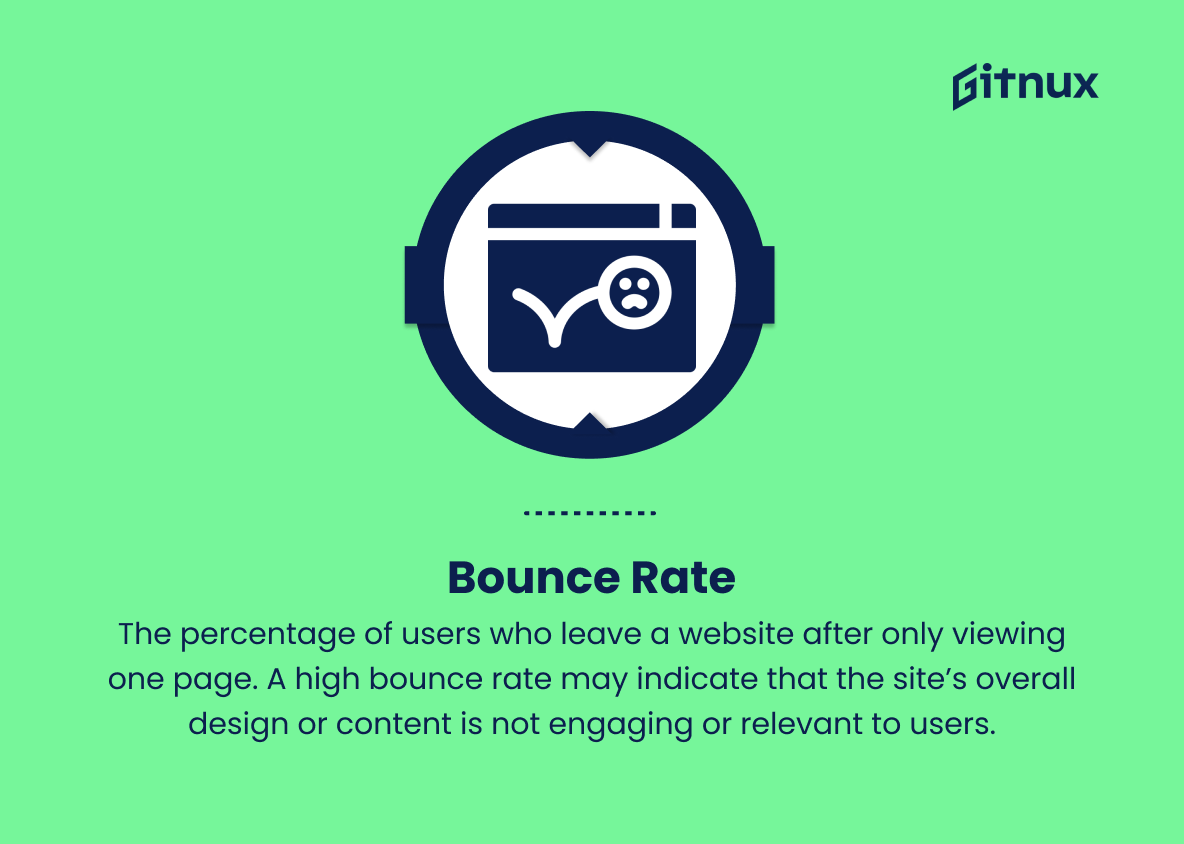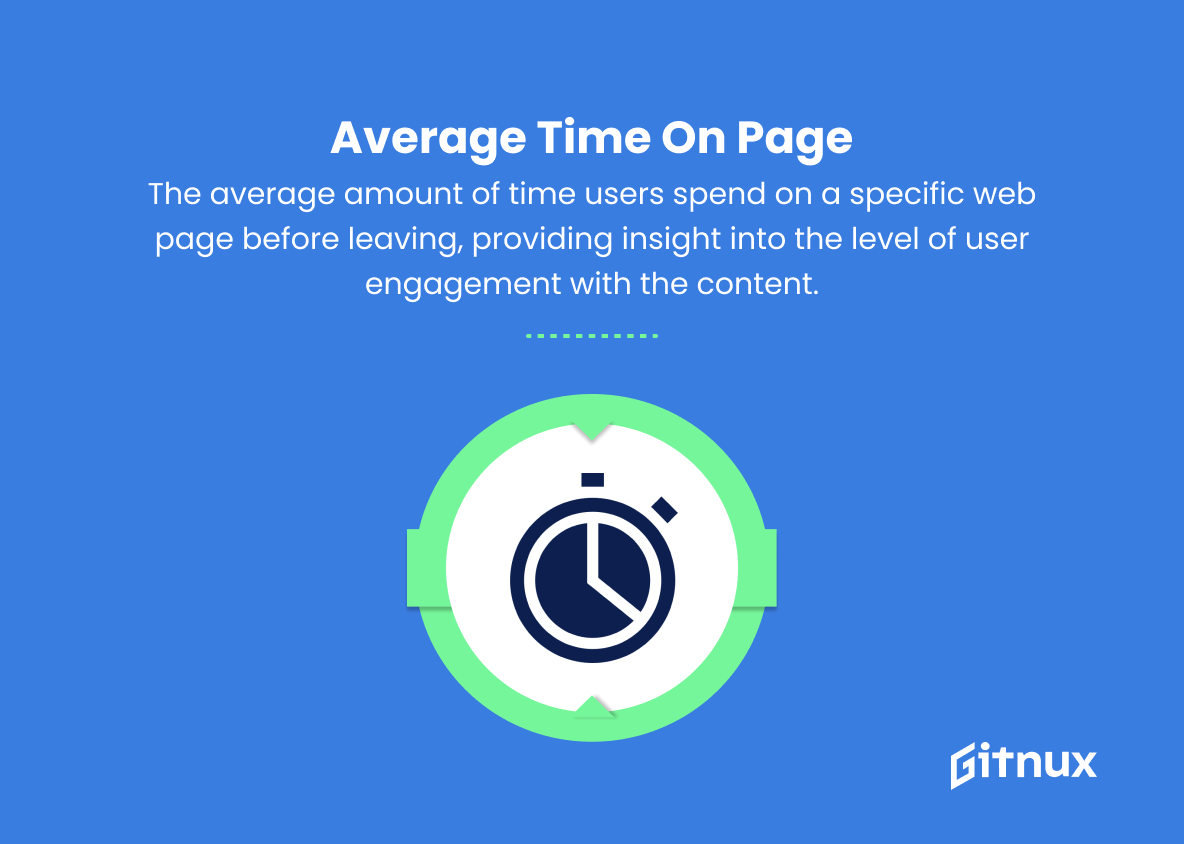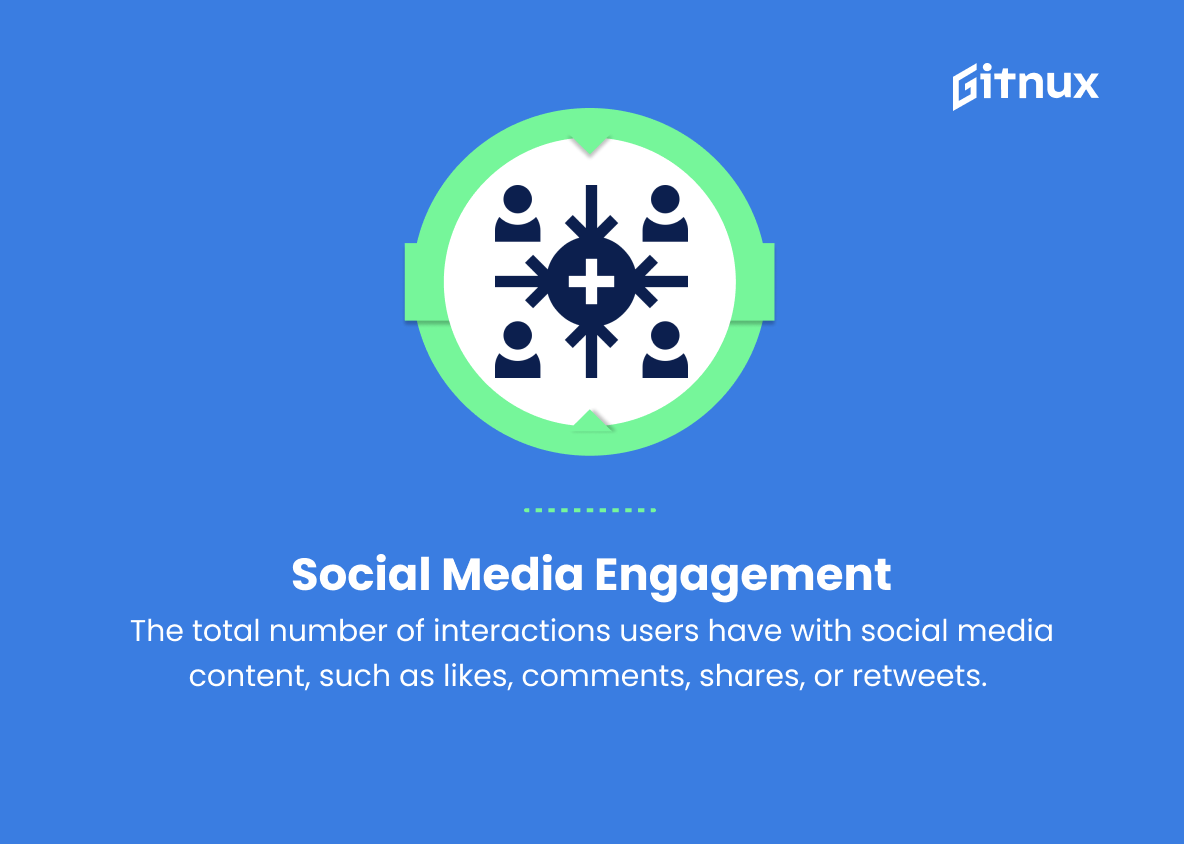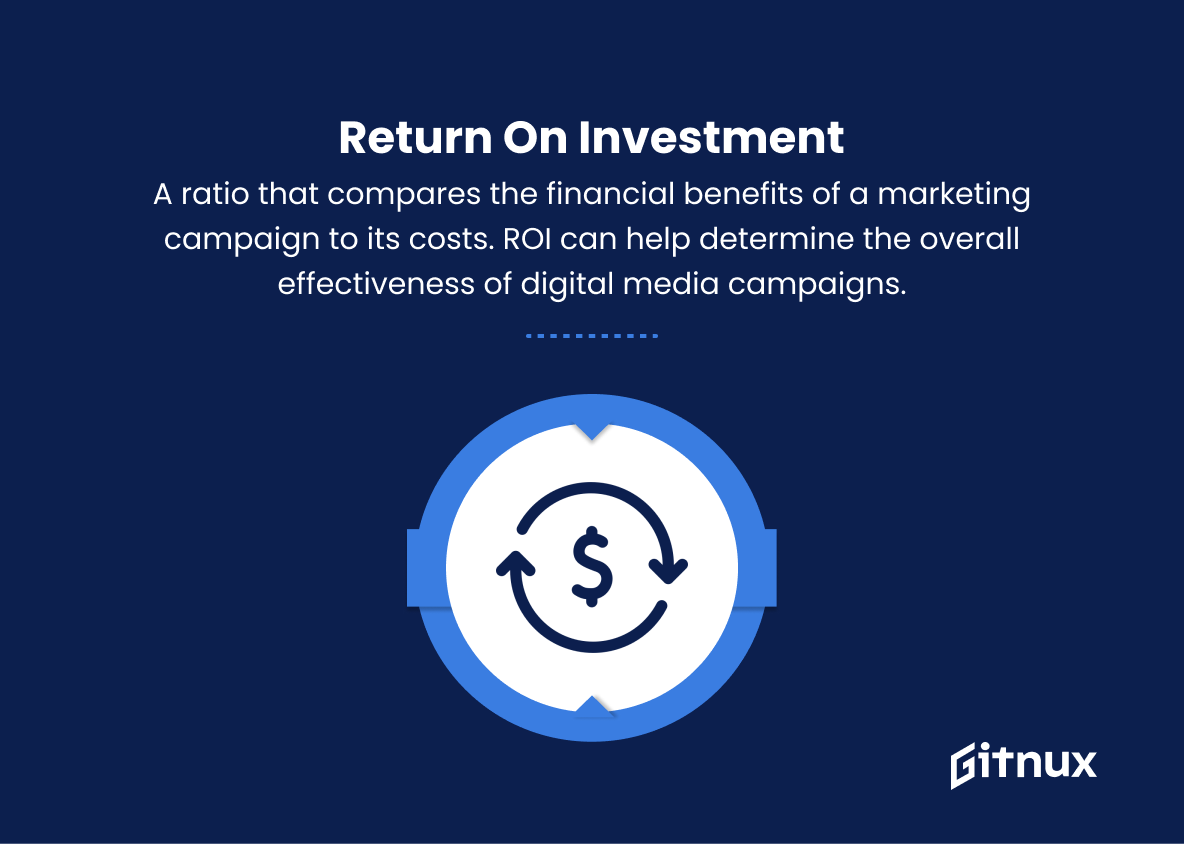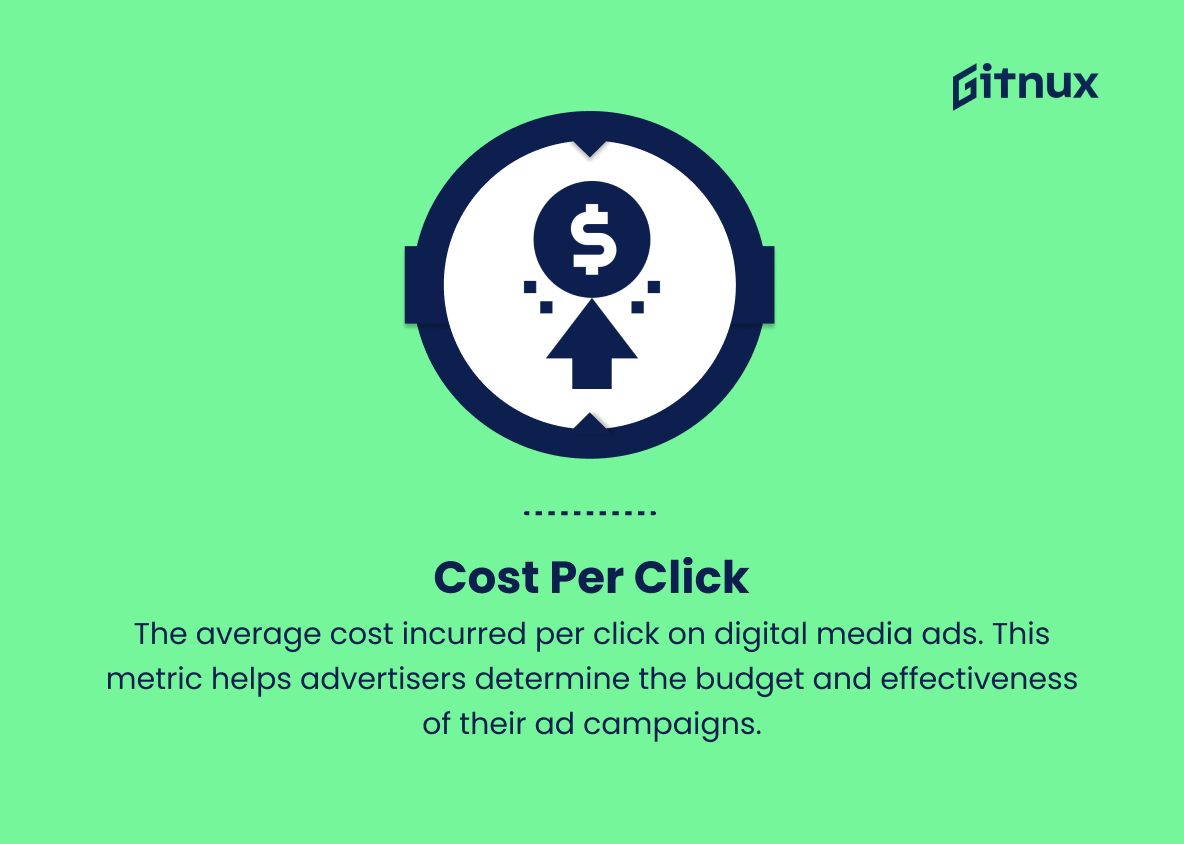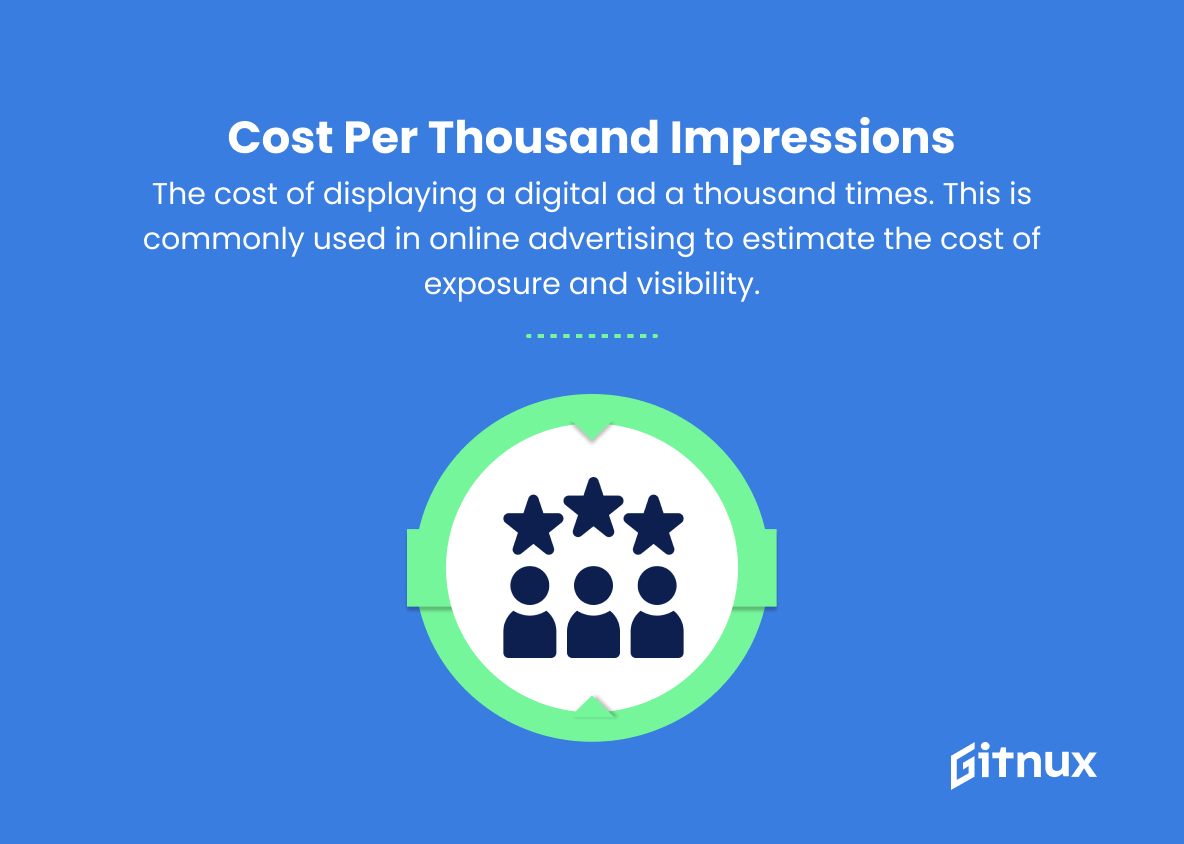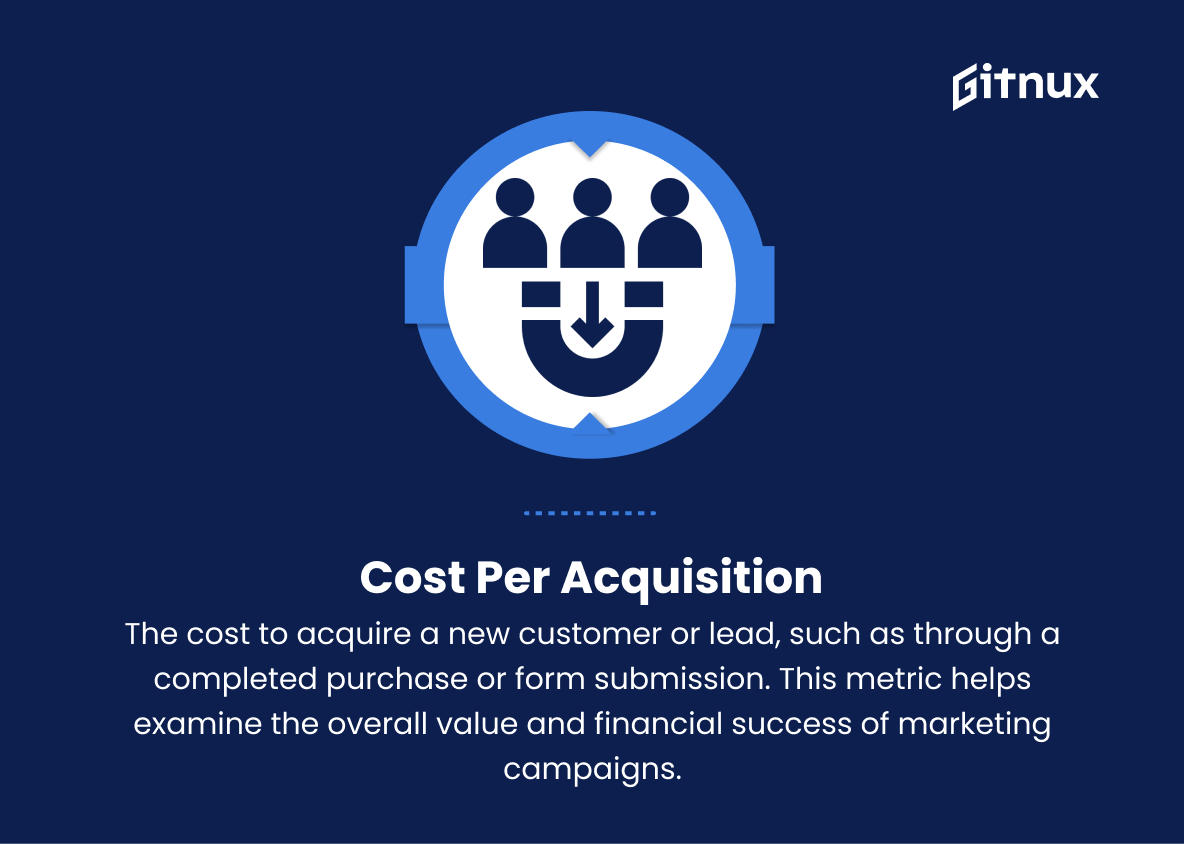Measuring and analyzing digital media performance is crucial for businesses. This blog post covers key KPIs, accurate data interpretation, and strategy optimization. Learn how to master digital media metrics and drive business success in a competitive digital landscape.
Digital Media Metrics You Should Know
1. Impressions
The number of times digital media content is displayed, whether it’s an ad, social media post, or web page. Impressions do not consider whether users actually engage or interact with the content.
2. Clicks
The number of times users click on digital media content, such as ads or hyperlinks. This metric can be useful for understanding the immediate reaction to content and gauging overall interest.
3. Click-through rate (CTR)
CTR is calculated by dividing the number of clicks by the number of impressions. This metric helps determine how effective the digital media content is at enticing users to click on it.
4. Conversion rate
The percentage of users who complete a desired action, such as purchasing a product, after clicking on digital media content. This metric helps evaluate the effectiveness of marketing campaigns and user experiences.
5. Bounce rate
The percentage of users who leave a website after only viewing one page. A high bounce rate may indicate that the site’s overall design or content is not engaging or relevant to users.
6. Average time on page
The average amount of time users spend on a specific web page before leaving, providing insight into the level of user engagement with the content.
7. Unique visitors
The total number of individual users who visit a site within a specified period of time. This helps measure the site’s audience size and reach.
8. Page views
The total number of individual pages viewed by users, providing an overall indicator of website activity and engagement.
9. Social media engagement
The total number of interactions users have with social media content, such as likes, comments, shares, or retweets. This helps measure the effectiveness and relevance of social media campaigns.
10. Return on investment (ROI)
A ratio that compares the financial benefits of a marketing campaign to its costs. ROI can help determine the overall effectiveness of digital media campaigns by assessing their financial profitability.
11. Cost per click (CPC)
The average cost incurred per click on digital media ads. This metric helps advertisers determine the budget and effectiveness of their ad campaigns.
12. Cost per thousand impressions (CPM)
The cost of displaying a digital ad a thousand times. This is commonly used in online advertising to estimate the cost of exposure and visibility.
13. Cost per acquisition (CPA)
The cost to acquire a new customer or lead, such as through a completed purchase or form submission. This metric helps examine the overall value and financial success of marketing campaigns.
14. Churn rate
The percentage of customers or subscribers who discontinue using a service over a given period of time. A high churn rate may indicate that a digital product or service is not satisfying user needs or expectations.
15. Referral traffic
The volume of website visitors who arrive at a site from external sources, such as social media or other websites. This metric helps identify which sources are driving the most traffic and can be particularly useful for measuring the success of partnerships and collaborations.
Digital Media Metrics Explained
Digital media metrics analyze and optimize marketing campaigns, user experiences, and content effectiveness. They offer insight into audience reach, engagement, and financial profitability. Metrics like impressions, clicks, and conversion rates gauge campaign effectiveness.
User experience is measured by bounce rates, time on page, and relevance of website content. Audience size and reach are measured by unique visitors, page views, and social media engagement. ROI, CPC, CPM, and CPA inform spending and effectiveness.Churn rate measures user satisfaction, and referral traffic identifies effective external sources. Digital media metrics are crucial in monitoring and optimizing digital media strategies.
Conclusion
In conclusion, digital media metrics are an essential aspect of the ever-evolving landscape of digital marketing. Understanding and effectively utilizing these metrics is crucial for businesses and marketers seeking success in this digital age. By evaluating the right data and adapting strategies accordingly, businesses can gain a competitive edge, improve their online presence, and build strong connections with their target audience.
Digital media metrics not only help measure the success of a campaign but also provide valuable insights for future improvements and growth. By staying informed and agile, companies and marketers can harness the power of digital media metrics, achieving tangible results and lasting success in their marketing efforts.
